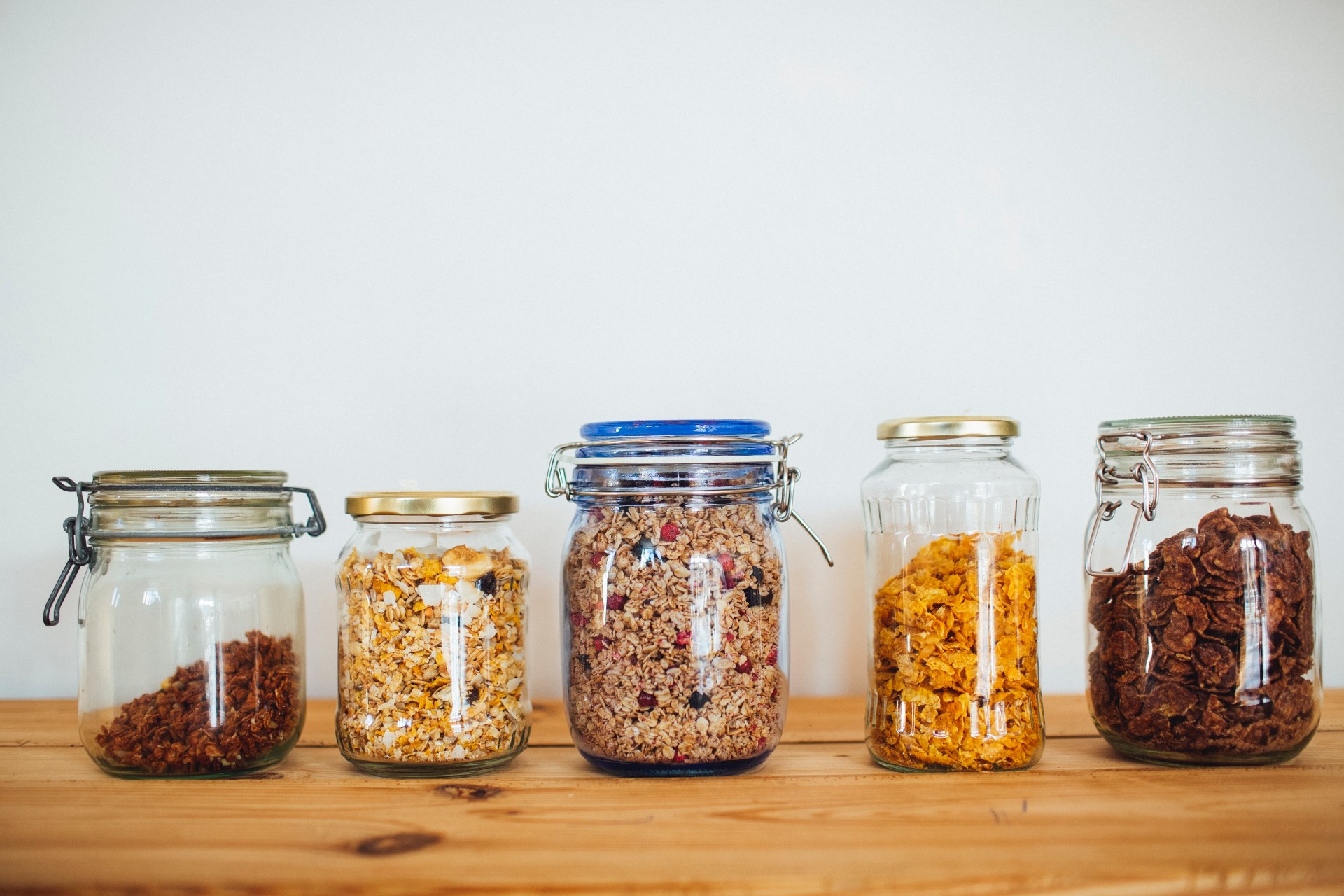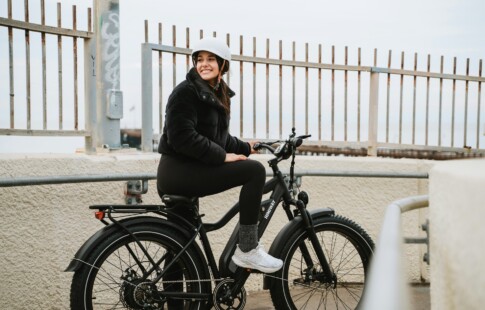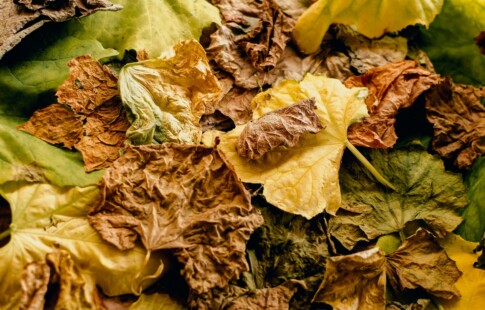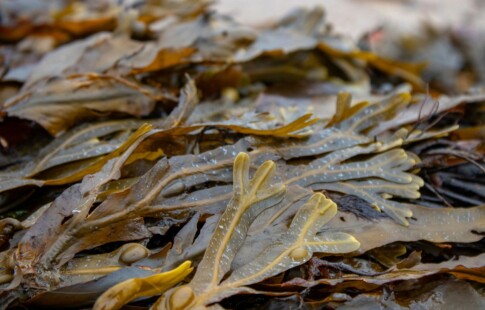
6 Ways to Have Eco-Friendly Pantry Storage
We are reader-supported. When you buy through links on our site, we may earn affiliate commission.
You might have brought so many groceries home in plastic bags that you have a cabinet just for storing them. They’re great for hauling food home, but you can’t just set full bags in your pantry and walk away. Proper eco-friendly pantry storage can organize your space and make things look better.
There are many sustainable storage alternatives. While many people don’t realize it, they can organize their pantry sustainably. It can keep food fresh and help you arrange your space. Many companies make all types of boxes, bags, and nets in sustainable ways, so you’ll have plenty of options. They’re also great for making your pantry look tidy.
What Makes Storage Eco-Friendly?
Storage is eco-friendly when it has a positive or neutral environmental impact. Depending on its creation and contents, it’ll be eco-friendly. This gives you more options. People use plastic to store food in their pantries, but it usually isn’t sustainable. Many choose plastic because they prefer resealable containers over paper or cardboard. However, there are many other options.
It can also be sustainable if it keeps your food fresh longer. You can reduce your food waste using eco-friendly pantry storage. Store grain in airtight containers to keep it fresh. You should also store produce with air flow to make it last longer. Choose your containers based on the type of food you have. Some will do better in boxes, while others will last longer in nets.
1. Recycled Content
For packaging to be eco-friendly, it should mostly contain recycled material. If it isn’t, it’s fine as long as you can recycle it. You can recycle glass, cardboard, paper, metal, and plastic.
Many people use glass as an alternative to plastic. It’s reusable and can safely hold whatever food items you want to store. You can repurpose old jars or use resealable cases meant explicitly for food. Repurposing old items is a great way to be eco-friendly because it saves living systems. Mason jars, wine bottles, and bowls can work well if you reuse them.
Paper is great for keeping food bundled up and organized. You can use it to store small items in your pantry by wrapping them. Also, you can use it to line your other sustainable storage containers if you want to keep things clean.
Since many groceries come in unsustainable packaging, you can transfer them at home. For example, you can get spices in bulk and store them in glass containers. It keeps them fresh longer and takes up less space. It also gives you an easy way to see how full your containers are.
Many groceries you bring home might already be eco-friendly. Check the packaging for words labeling it as recyclable or made with recycled material. For example, pasta boxes are usually cardboard, which is recyclable. You can store it in other containers to keep it fresh, but leaving it in the box is fine.
2. Renewable Material
You can have eco-friendly pantry storage if it contains renewable material. Wood, bamboo, cotton, and wool replenish over time, making them great options. You can ensure you’re getting renewable storage options if they’re labeled so or if you make them yourself.
You can use cloth bags made with mostly cotton or wool to get produce from the grocery store. This way, it won’t sit in plastic bags in your pantry when you bring it home. If you’d like to store fruit, try using cotton netting. It has airflow and keeps the fruit visible, which can be both aesthetically pleasing and make it last longer.
Wood and bamboo storage crates are great for holding bulky or heavy items. You can also use them to organize your pantry. You can find such containers in many sizes and shapes, so you can easily fit them into your pantry.
3. Renewable Energy
Even if you use plastic storage containers, they could be eco-friendly. It may still be sustainable if a company created it with wind, hydro, or solar energy. Usually, it will be labeled if they did so. You can be extra sustainable if you use storage that contains eco-friendly materials and is made with renewable energy.
4. Biodegradable Material
Biodegradable containers will degrade naturally over time. They’re typically made with soy, egg yolk, walnut, or gelatin. They can increase food’s shelf life and keep produce fresh. Although there are many different kinds, each type preserves food for around the same amount of time.
Cardboard is an example of a biodegradable material. You can easily get a lot of it if you want to set up eco-friendly storage in your pantry. You can use leftover cardboard boxes or containers made specifically for storage. It’s great for holding dry, heavy food like cans or potatoes. Cardboard boxes can also make it easier to carry groceries.
5. Offset Emissions
When a company makes packaging, it creates carbon emissions. However, it can offset them by planting trees or managing waste. If you want to start small, try getting carbon-neutral storage options. If you’re familiar with plastic and want to keep using it, finding a company that offsets its emissions will make it more eco-friendly.
6. Compostable Material
Compostable storage options may be great if you compost or have a garden. You can compost paper, cardboard, or specially-made compostable bags. The bags typically look like plastic but are made from plant material and soy blends.
These are typically used to store fruits and vegetables because they last around the same amount of time. They can extend the shelf life of produce up to a week when you use them correctly. It’s best to keep them dry and at room temperature.
After you’re done with them, you can throw them in your compost bin. Eventually, you’ll be able to use the compost to fertilize any plants you may have.
You Can Have Sustainable Storage
Your bags, boxes, and crates can be eco-friendly as long as they have a positive impact on the environment. Whether you choose to store your food in recyclable jars or use bags made with renewable energy, you can have eco-friendly pantry storage.
Share on
Like what you read? Join other Environment.co readers!
Get the latest updates on our planet by subscribing to the Environment.co newsletter!
About the author
Grace Waters
Always inspired by the natural world around her, Grace grew up exploring tide pools and hiking mountain trails, developing a deep appreciation for biodiversity and conservation. Now, Grace works as the Editor of Environment.co where she covers topics related to emerging clean technologies, zero-waste initiatives, and the intersection of environmental policy and everyday living.





